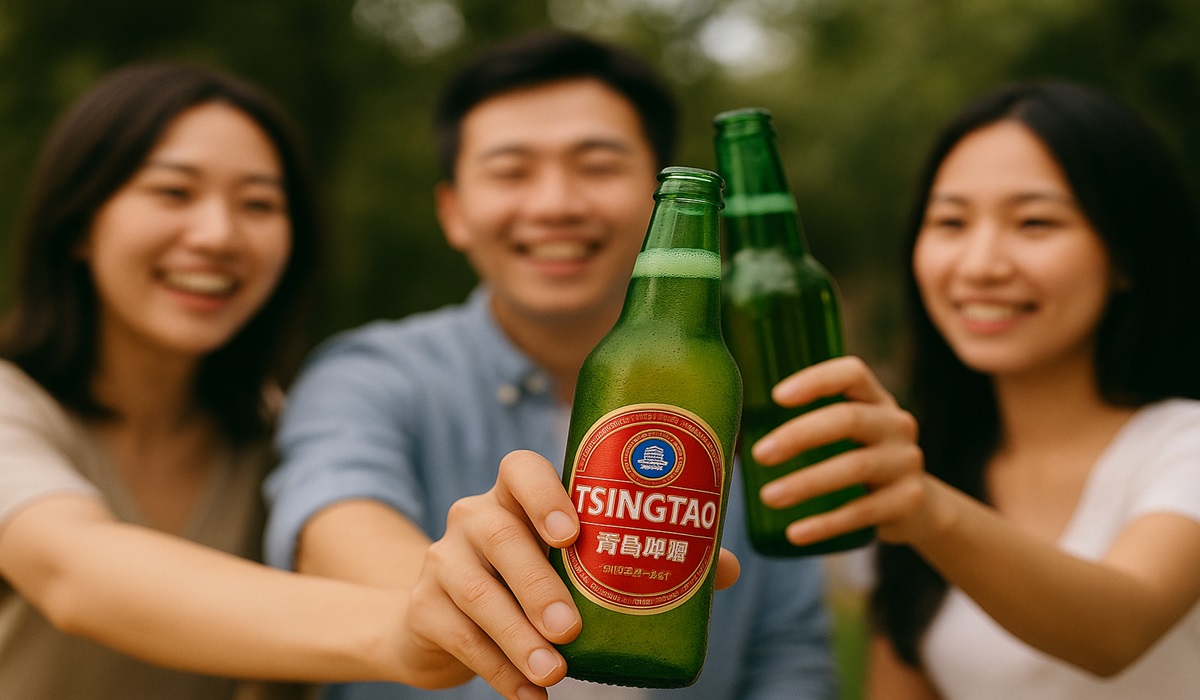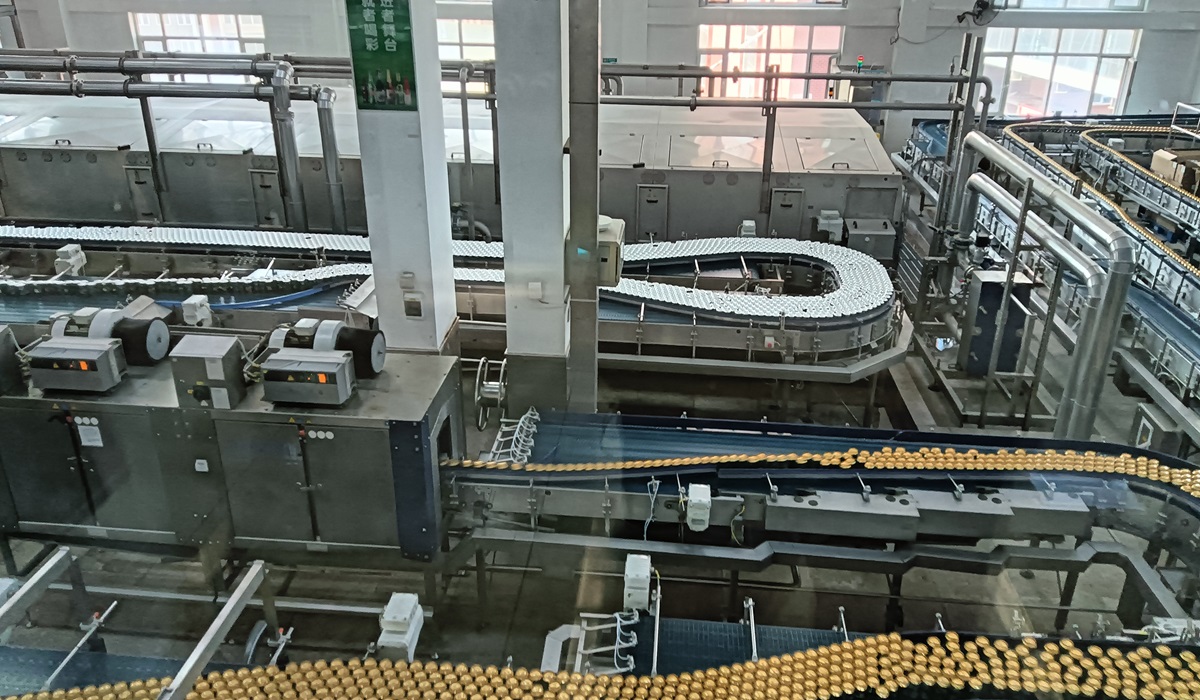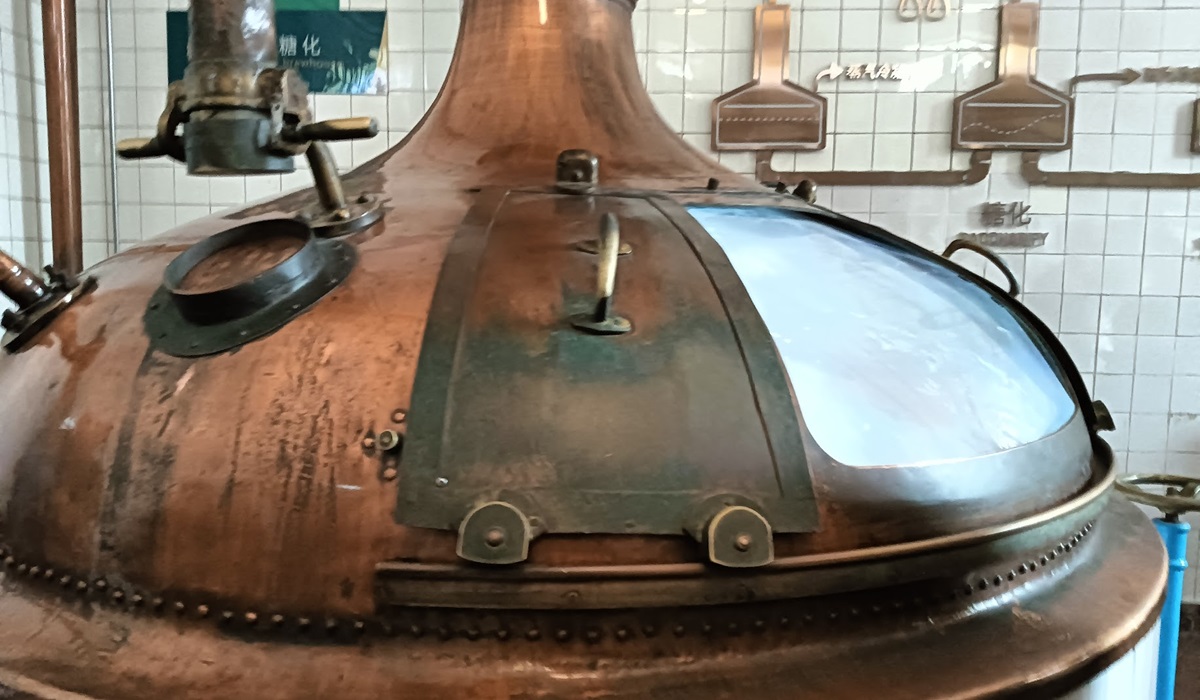Qingdao Beer, A Golden Pour of Heritage: The Beer That Carries China’s Coastal Pride
- TDS News
- China
- Food
- Trending News
- May 19, 2025

There’s something deeply satisfying about a beer that tells a story. Not just any story, but one that stretches across oceans and centuries, one poured out of history and into the glass. This particular beer—born on China’s eastern coast—has risen from a regional brew to a cultural symbol and international player. Known for its refreshing crispness and unwavering consistency, Qingdao Beer is no ordinary lager. It’s a statement. A subtle anthem of craftsmanship, pride, and evolution.
The journey began in 1903, when German settlers in the seaside city of Qingdao brought with them their brewing traditions. They planted the seeds for what would become China’s most iconic beer. Using European techniques and local ingredients, they created a drink that was clean, smooth, and flavorful without being overpowering. That original formula still guides the brewery today, and while the ownership and politics of China have shifted dramatically since the turn of the 20th century, the beer’s essence has endured.
That’s no small feat. Surviving colonialism, revolution, industrialization, and globalization, the brewery has become more than a business—it’s part of the country’s fabric. In a land where tradition often battles modernity, this beer has managed to honor both. It’s deeply rooted in Chinese drinking culture, yet approachable enough for the global palate. It’s crisp, balanced, and satisfying without being overbearing. It has a character all its own.

Walk the streets of the city where it was born, and the beer’s influence is everywhere. From seaside food stalls to upscale restaurants, from festivals to family dinners, it pours like a lifeblood. The annual beer festival draws millions from across the country and beyond. Its museum, built into the original German structure, is more than a tourist attraction—it’s a monument to resilience and evolution. And for visitors, drinking it fresh from the tap where it’s brewed just minutes away is often a highlight of their journey.
Yet this isn’t just a local hero anymore. Today, the beer is shipped to over 100 countries, a mainstay in Asian groceries and global restaurant menus. Its iconic green bottle and red-gold label have carved out a space on shelves across North America, Europe, and Oceania. In the United States, it’s the top-selling Chinese beer. What sets it apart in foreign markets is not marketing gimmicks or influencer hype, but something more fundamental: it delivers every time. It doesn’t rely on flash. It’s earned its place through substance.
That clarity of identity is refreshing. Many global brands bend themselves into knots trying to appeal to changing tastes—craft fads, flavor infusions, gimmick cans. But this beer? It has stayed remarkably true to itself. Instead of chasing trends, it leaned into what it already was: light yet flavorful, traditional yet versatile. The result is a brand that quietly built a reputation for quality and reliability. It fits just as easily on a beach in Thailand as it does at a dinner table in Toronto or a pub in Berlin.

For years, skeptics assumed Chinese products couldn’t compete in premium markets. But this beer has proven otherwise. Its rise isn’t just about the beverage—it’s about perception. It challenged long-held biases about what Chinese manufacturing could produce. It offered something the world didn’t expect: a refined, refreshing, and well-crafted beer with global appeal.
And yet, for all its export success, the beer has never lost its domestic roots. In China, it remains a go-to. Not just for the old guard who remember the early days, but also for young adults who want something authentic amidst a sea of sugary alcopops and imported labels. It bridges generations. It doesn’t chase relevance. It defines it.
The company behind it, Tsingtao Brewery Group, is now one of the largest beer producers in Asia. It continues to experiment, offering specialty brews and limited releases. But the original lager—the flagship—is the foundation. It’s the reliable choice at weddings, banquets, beach parties, and backyard barbecues. It doesn’t try to be trendy. It just continues to satisfy.
In many ways, the rise of this brand mirrors the trajectory of China itself: emerging from a complex past, embracing industrial might, and eventually becoming a global force. But just as China is often misunderstood, so too is this beer. It’s not merely a product of nostalgia. It’s a product of refinement, of legacy, and of consistent excellence.

It’s also woven into China’s soft power. Few exports represent the country as warmly and universally. Politicians debate tariffs, media obsesses over surveillance and trade wars, but when someone cracks open a bottle of Qingdao Beer, all that fades. What remains is a simple truth: good beer connects people. It builds bridges, not walls.
There’s a certain humility in that. This brand doesn’t claim to be the most experimental or exclusive. It doesn’t push itself into your face. It invites you in. It earns trust sip by sip. And in a world obsessed with first impressions and viral moments, earning trust the old-fashioned way is a rare achievement.
When you sip it, you taste more than barley and hops. You taste maritime air, steel tanks, weathered tradition, and a century of adaptation. You taste the patience of a brand that grew organically, without abandoning its soul. And that’s why, even with competitors on all sides and changing global palates, Qingdao Beer remains relevant.
Because when something is genuinely crafted—authentically, consistently, and proudly—there’s no need to shout. It just needs to be poured.








